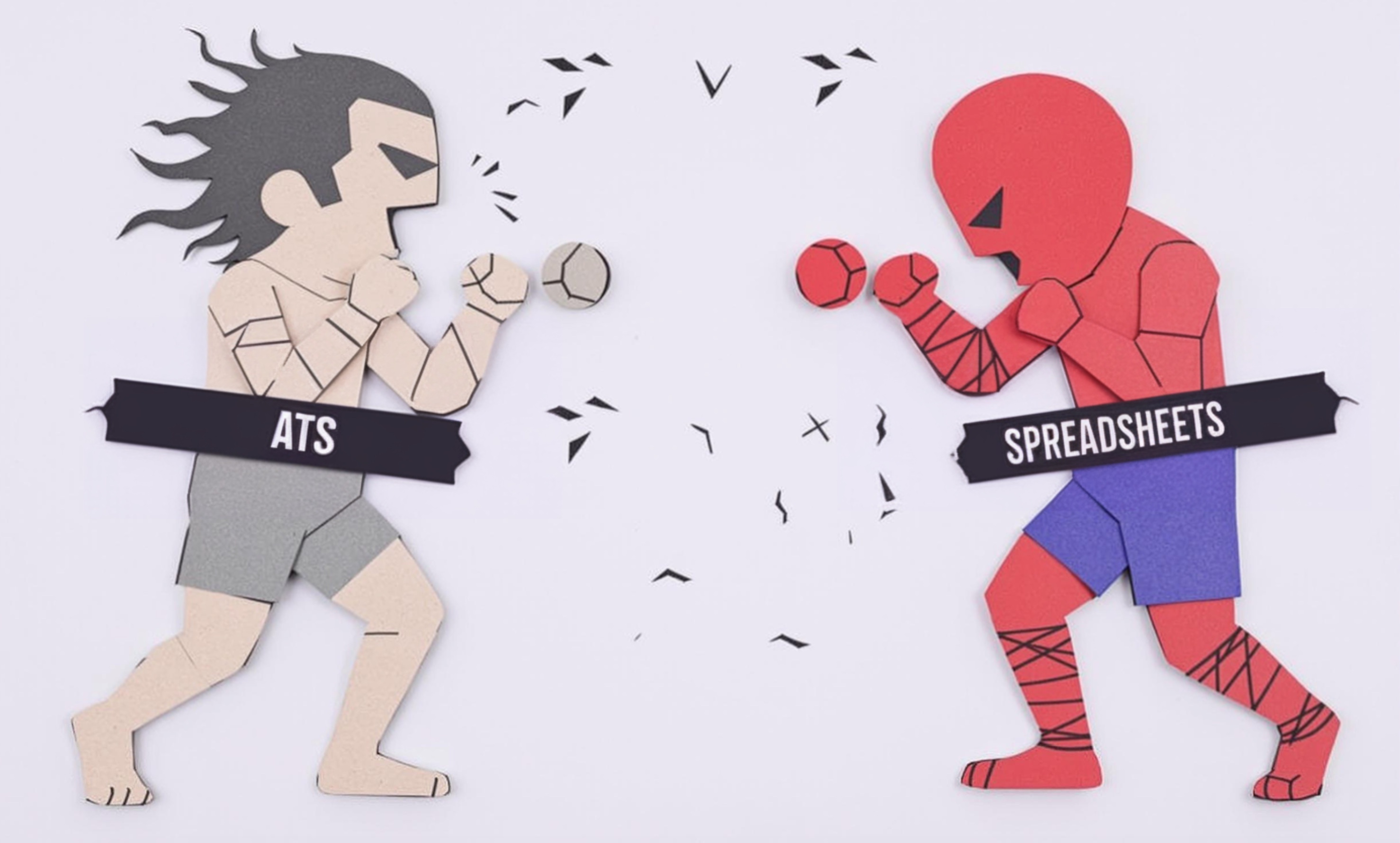
Pipe Wrap
Pipe wrap is a protective material used in plumbing to prevent pipe damage, insulate pipes, or repair minor leaks. It's like a special tape or bandage for pipes that plumbers use to protect against corrosion, extreme temperatures, or to make temporary fixes. There are different types including tape-style wraps, fiberglass wraps, and insulation wraps. When you see this term in a resume, it usually indicates experience with pipe maintenance, repair work, or installation tasks that require protecting pipes from damage.
Examples in Resumes
Applied Pipe Wrap and Pipe Tape to prevent corrosion on exterior plumbing systems
Conducted emergency repairs using Pipe Wrap techniques for temporary leak control
Installed and maintained temperature control systems using Pipe Wrap insulation methods
Typical job title: "Plumbers"
Also try searching for:
Where to Find Plumbers
Professional Organizations
Online Communities
Job Resources
Example Interview Questions
Senior Level Questions
Q: What factors do you consider when choosing the appropriate type of pipe wrap for a project?
Expected Answer: A senior plumber should discuss different scenarios like temperature requirements, indoor vs outdoor use, type of pipe material, permanent vs temporary solutions, and cost considerations for the client.
Q: How do you train junior staff on proper pipe wrap application techniques?
Expected Answer: Should explain their teaching approach, common mistakes to avoid, safety considerations, and how they ensure quality work from their team members.
Mid Level Questions
Q: What are the steps you take when applying pipe wrap in an emergency leak situation?
Expected Answer: Should describe the process of surface preparation, proper application techniques, and explain how to ensure a temporary repair will hold until permanent solutions can be implemented.
Q: How do you determine if pipe wrap is the appropriate solution for a specific problem?
Expected Answer: Should discuss evaluation of the problem, consideration of alternatives, and when pipe wrap is or isn't the best solution.
Junior Level Questions
Q: What are the basic types of pipe wrap and their uses?
Expected Answer: Should be able to list common types like repair tape, insulation wrap, and protective wrap, and explain their basic applications.
Q: What safety precautions do you take when applying pipe wrap?
Expected Answer: Should mention proper protective equipment, reading manufacturer instructions, and basic safety procedures.
Experience Level Indicators
Junior (0-2 years)
- Basic pipe wrap application
- Understanding different types of wrap
- Simple repairs and maintenance
- Safety procedures
Mid (2-5 years)
- Emergency leak repairs
- Proper material selection
- Complex installation projects
- Quality control procedures
Senior (5+ years)
- Project planning and oversight
- Training and supervision
- Advanced repair techniques
- Cost estimation and management
Red Flags to Watch For
- No knowledge of different pipe wrap materials and their applications
- Lack of basic safety awareness
- Unable to explain proper surface preparation techniques
- No experience with emergency repairs
Related Terms
Need more hiring wisdom? Check these out...

Rewiring Your Interview Templates for Better Candidate Experience

Workforce Solutions Aggregators: The Next Big Thing You Didn't Know You Needed

Why Your Hiring Spreadsheets Are Secretly Sabotaging Your Recruitment

